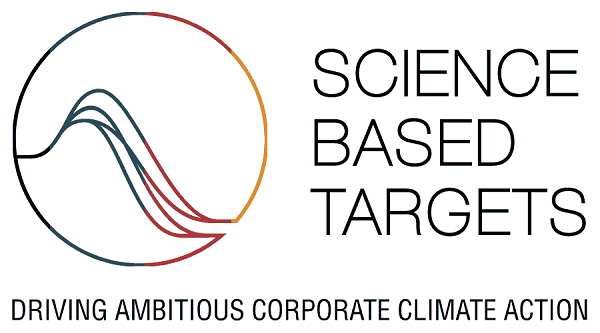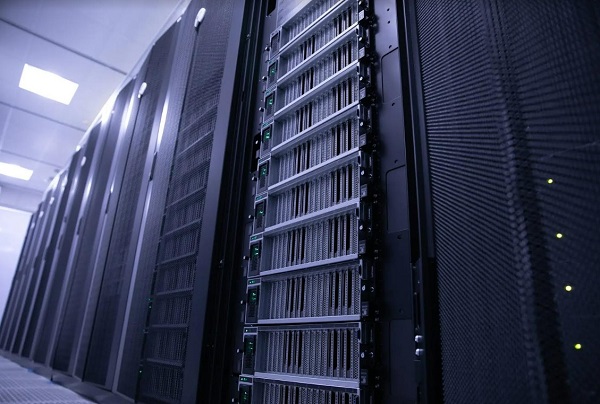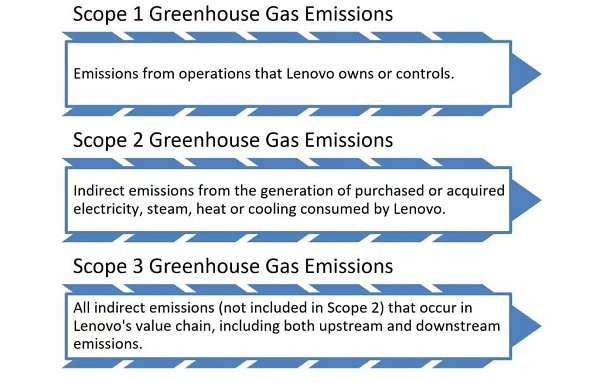 [Sponsored Content] Lenovo is at the forefront of companies fighting climate change around the world. In addition to efforts to reduce greenhouse gas emissions by 2050, the company It is a science-based target (SBTi) initiative that aims to achieve net zero carbon emissions by 2050. This means that Lenovo SBTi joins 139 other companies around the world that have achieved Net Zero goals.
[Sponsored Content] Lenovo is at the forefront of companies fighting climate change around the world. In addition to efforts to reduce greenhouse gas emissions by 2050, the company It is a science-based target (SBTi) initiative that aims to achieve net zero carbon emissions by 2050. This means that Lenovo SBTi joins 139 other companies around the world that have achieved Net Zero goals.
SBTi is the first entity to standardize the Net Zero definition in the mission to limit global warming to 1.5 degrees Celsius. The organization is an international non-profit organization working with the United Nations Global Compact, the International Fund for Nature and the CDP (formerly the Carbon Disclosure Project) to help companies and cities disclose their environmental impact. For Lenovo, working with SBTi means taking responsibility for scientific, collaborative and scalable emissions reductions to achieve its climate goals.
"As a global technology leader, Lenovo has been committed to reducing emissions for more than a decade," said Lenovo President Yuanqing Yang. We will continue to pursue climate science, refine our standards, and ensure our goals and progress.
Lenovo's strategy to reduce emissions includes reducing the environmental impact of its products, using innovation to increase sustainability in manufacturing, and reducing emissions throughout its operations and value chain. These strategies are discussed in the company's "Journey to Net-Zero" video series, which shows how Lenovo is changing its business processes to achieve its net-zero goals.
In IT, especially HPC and advanced AI, high-performance data center hardware (servers, storage, connectivity) is needed to support data-intensive and electricity-intensive workloads. Bottom line: IT continues to top the list of industries ranked by energy consumption. In the year According to a November 2022 study by Straits Research, global data center energy consumption is expected to increase by 50% by 2030.

In its range of high-performance server products, Lenovo's sustainability work is ambitious and goes against energy consumption trends. In the year The result of the company's pioneering liquid cooling development since 2012, Lenovo's Neptune™ suite of liquid cooling technology provides significant savings in energy consumption. This strategy has made Lenovo the world's No. 1 supplier of supercomputer systems. 1 in the TOP500, also owning "Henry", the most energy-efficient supercomputer in the Green 500 of the Flatiron Institute.
Regarding the company's operations, Lenovo has established an environmental protection policy supported by the company's Global Environmental Management System (EMS). around them.

Lenovo "Henry" supercomputer at the Flatiron Institute
As part of EMS, Lenovo conducts an annual Significant Environmental Assessment (SEA), which evaluates operations with significant environmental impact. Metrics and controls are defined by tracking target performance. Learn more about Lenovo's efforts to create a smarter and more sustainable future in the company's 2021-22 financial reports.
Moving forward, Lenovo's 2050 carbon emissions goal is full of recent goals. For the financial year 2029-2030, the companies have decided to reduce absolute Scope 1 and Scope 2 GHG emissions by 50% using the 2018/2019 financial year as the base year.
Other obligations during this seven-year period include:
- Scope 3 Reduce greenhouse gas emissions by 35% on average for similar products over the same period.
- Scope 3 Reduce GHG emissions by 66.5% for every $1 million in gross income from goods and services purchased during the same period.
- Objective 3 To reduce GHG emissions from transport and upstream distribution by 25% for every tonne kilometer of product transported over the same period.
In the year By 2050, Lenovo has committed to reducing Absolute Limits 1, 2 and 3 greenhouse gas emissions by 90% from the 2018/19 base year to the 2049/50 financial year.

SBTi says long-term commitment and planning is essential to achieving net zero carbon emissions by 2050.
"Climate science tells us that we need deep and rapid emissions reductions to reach net zero globally and avoid the most damaging impacts of climate change," said Luis Amaral, executive director of the Science-Based Targets Initiative. "Lenovo's net-zero emissions goal is relevant to the urgency of the climate crisis and is a clear example for its peers."
"Success to reach net zero depends on a collaborative, science-based and transparent framework that holds organizations accountable for the long term," says Carolina Milanesi, founder of ESG-focused consulting firm The Heart of Tech. "SBTi created this framework and allows companies to accelerate emission reductions."
Over the next few years, as Lenovo works to reduce greenhouse gas emissions, the data will be aggregated and contributed to larger databases to help understand climate change and limit warming, consistent with the Paris Agreement's goal. More than 1.5 degrees. above pre-industrial levels. More than 4,000 companies worldwide are aligning their emissions reduction goals with SBTI's science-based assessment methods and processes.
In addition to its work with SBTi, Lenovo is recognized as one of Fortune's most admired global companies by Gartner's Top 25 Global Supply Chain and is a CDP leader in climate change and water security.


.png)
Post a Comment
Post a Comment